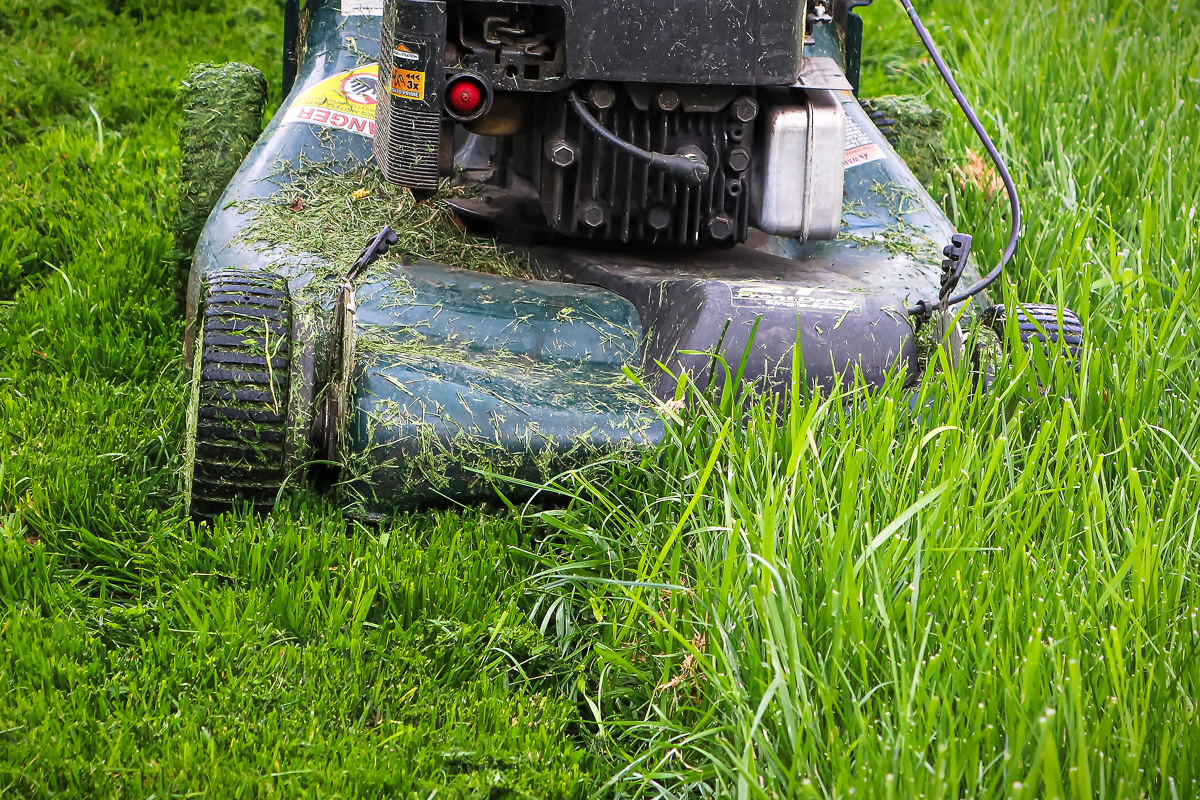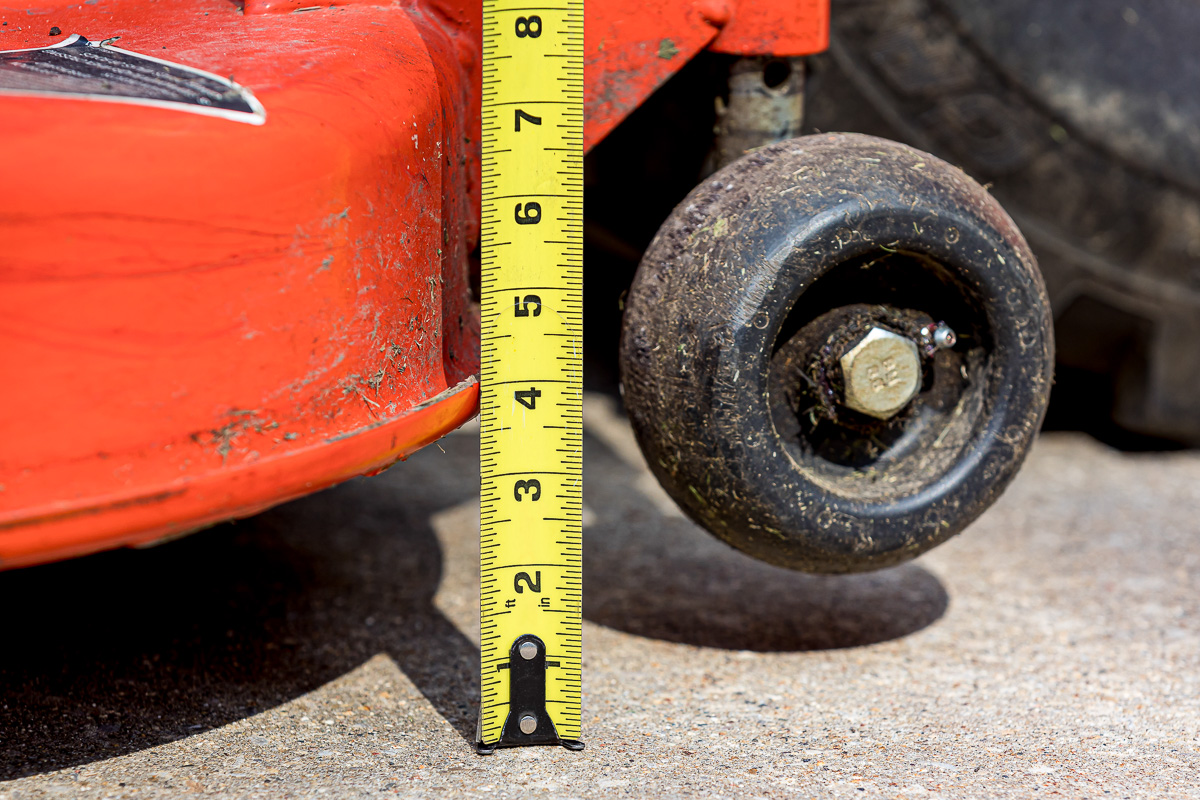Mowing a lawn in the middle of a summer heatwave is one of the worst things you can do to it.
When temperatures reach around 85 degrees, grass, like many other green plants, begins to suffer – especially cool-season grasses such as Kentucky bluegrass, perennial ryegrass, and fine fescues. The stress is compounded when heat is accompanied by dry soil.
Cool-season grasses cope with the summer heat by shifting from growth to survival mode. They completely shut down top growth, turn yellow and then brown, and wait to push up new blades until rain and cooler weather return.
Healthy turfgrass can survive up to six weeks in this dormant state, then quickly “green up” when conditions improve. You can help dormant grass by:
- Staying off the grass as much as possible. Foot traffic can damage the grass crowns (the point where blades emerge) when they’re dry and brittle.
- Not fertilizing. Grass doesn’t use or need fertilizer when it’s not growing, plus salts in fertilizer can add to the drying effect of the hot, dry soil conditions.
- Not mowing. Longer grass blades cool the soil by shading the ground, and they help retain soil moisture. Grass blades also lose more moisture when their tips are cut by mower blades, so leaving grass intact retains more moisture.

When to stop mowing the lawn
As long as the grass is green and actively growing, lawns can continue to be mowed in summer. That’s particularly true of warm-season lawns such as Bahia, Bermuda, and Zoysia grasses, which tolerate heat much better than cool-season grasses and usually keep growing throughout the summer when rain is sufficient.
However, the time to rethink mowing cool-season lawns is when heat and dry weather slow growth – or better yet, when the forecast says that a hot, dry spell is on the way. Better to go into a heatwave with the grass already shading the ground than just after you’ve cut it.
Two signs that indicate it’s time to give the mower a rest:
- When grass loses its rich, green color and shows the first sign of turning yellow,
- When the blades wilt and leave footprints that don’t bounce back quickly when you walk on the lawn.
If you mow in summer, the best timing is later in the evening so the grass has time to recover overnight before facing another hot, drying day.
How to mow the grass in summer
Even if the grass is green and growing in summer, it’s helpful to mow high. Taller blades not only shade the soil, but they mean more chlorophyll is available to help fuel root growth.
Cool-season grasses are best cut to a height of about 3 inches. Remember, it’s the evenness of a mowed lawn that looks neat. Cutting down to a height of an inch or two exposes the lawn to more sunlight that will warm the ground faster when a hot, dry spell shows up.
Since it’s best never to mow off more than a third of a grass blade’s height at a time, your cue to mow is when the blades reach 4 to 4½ inches (assuming the lawn is still green and growing).

How to measure mowing height:
- Move lawn mower onto a hard, level surface such as a driveway or patio
- Disconnect the spark plug
- Lift up the discharge flap
- Measure the distance from the bottom of the mower blades to the surface.
That distance gives you a more accurate mowing height than relying on the numbers listed next to the mower’s height-adjustment levers.
To adjust mowing height on push lawn mowers, look for a lever next to one of the mower wheels. Some models have one lever for the front wheels and another for the back wheels. On riding mowers, there’s one lever that moves the whole mower deck up or down.
While you’re looking at the blade housing, that’s also a good time to clean out any clumped, dried grass and to check the blade to see if it’s still sharp.
Read more tips on mowing the lawn